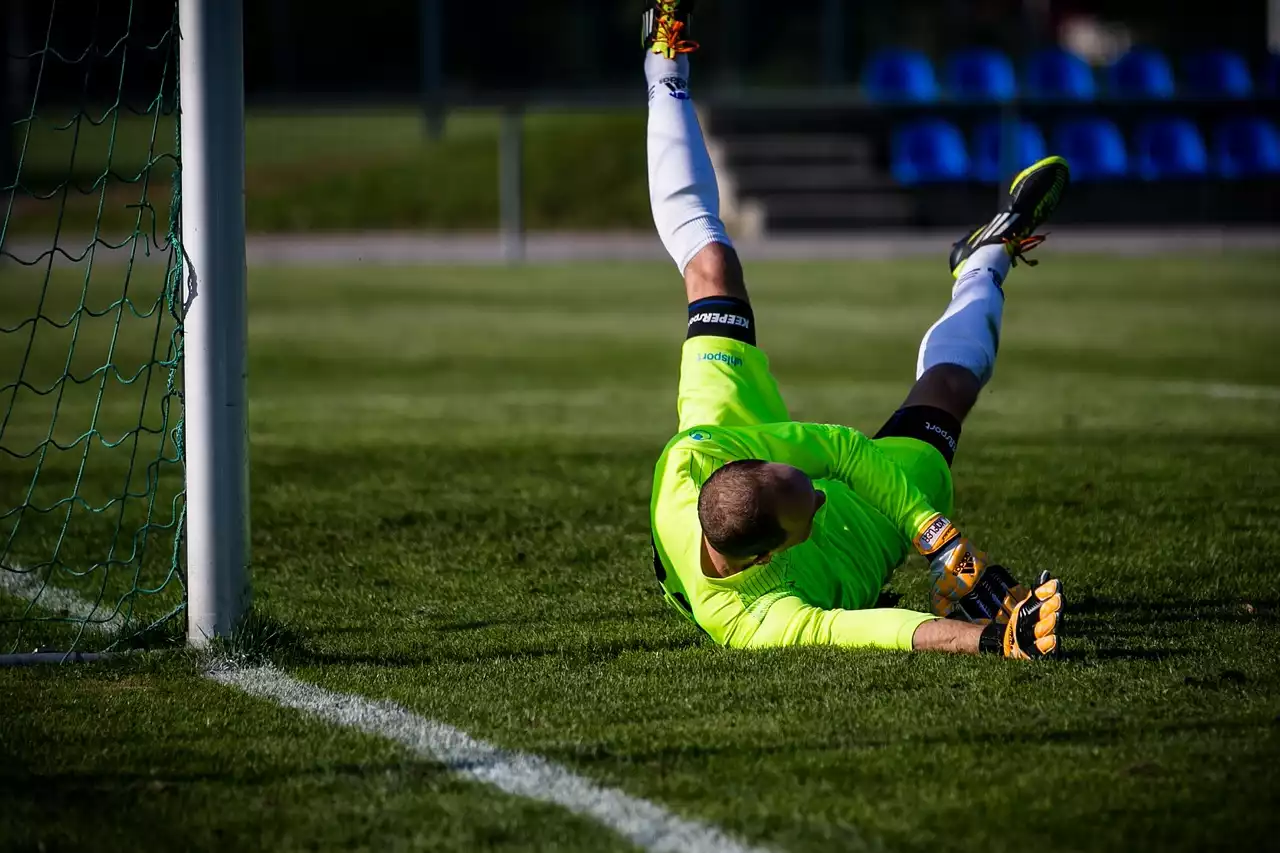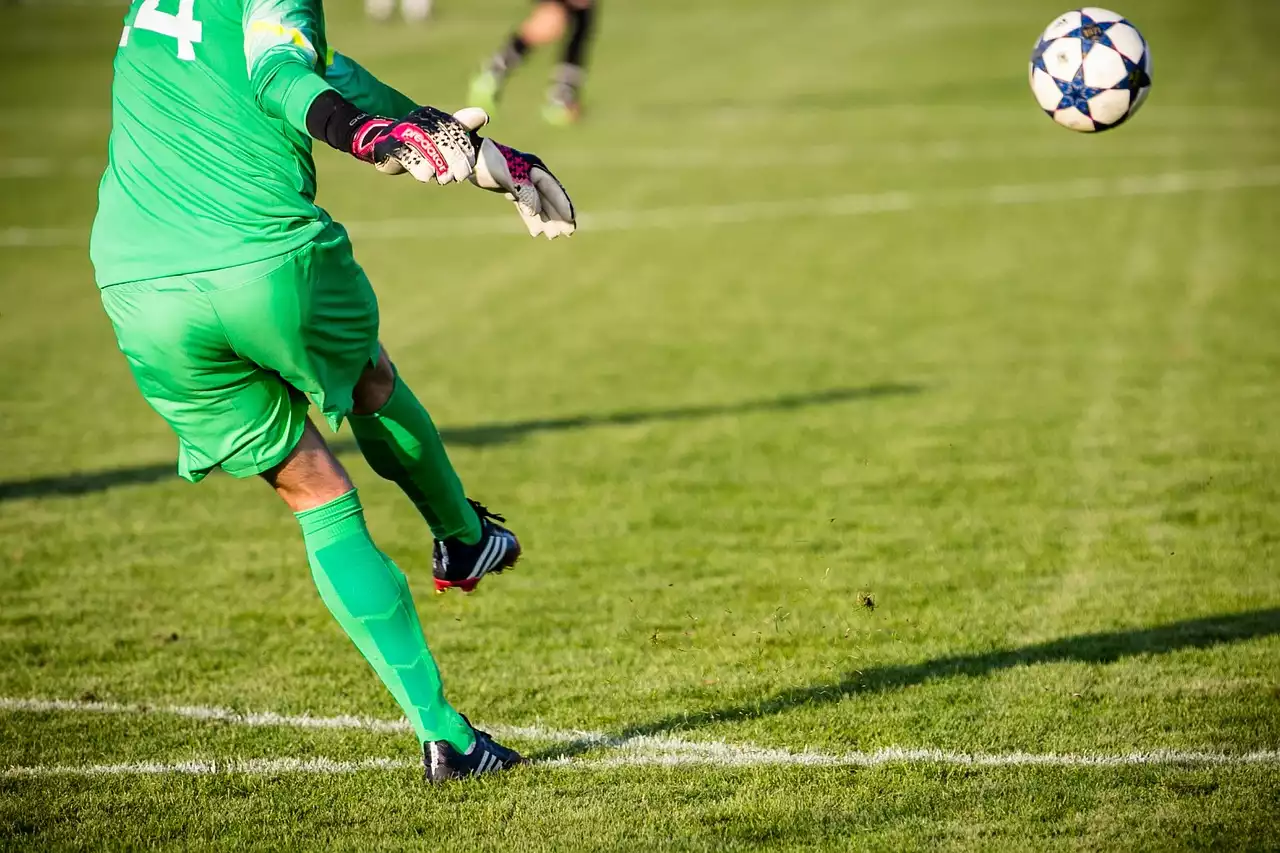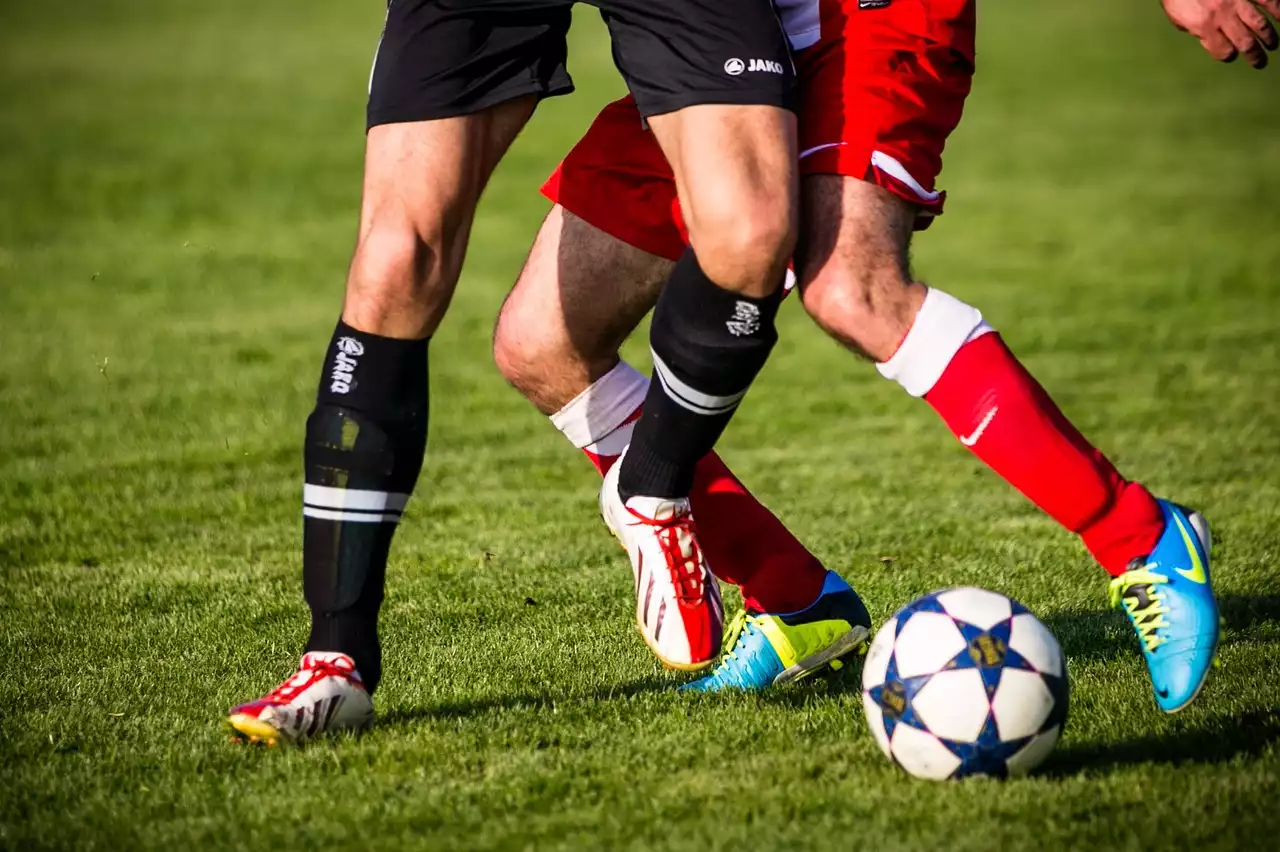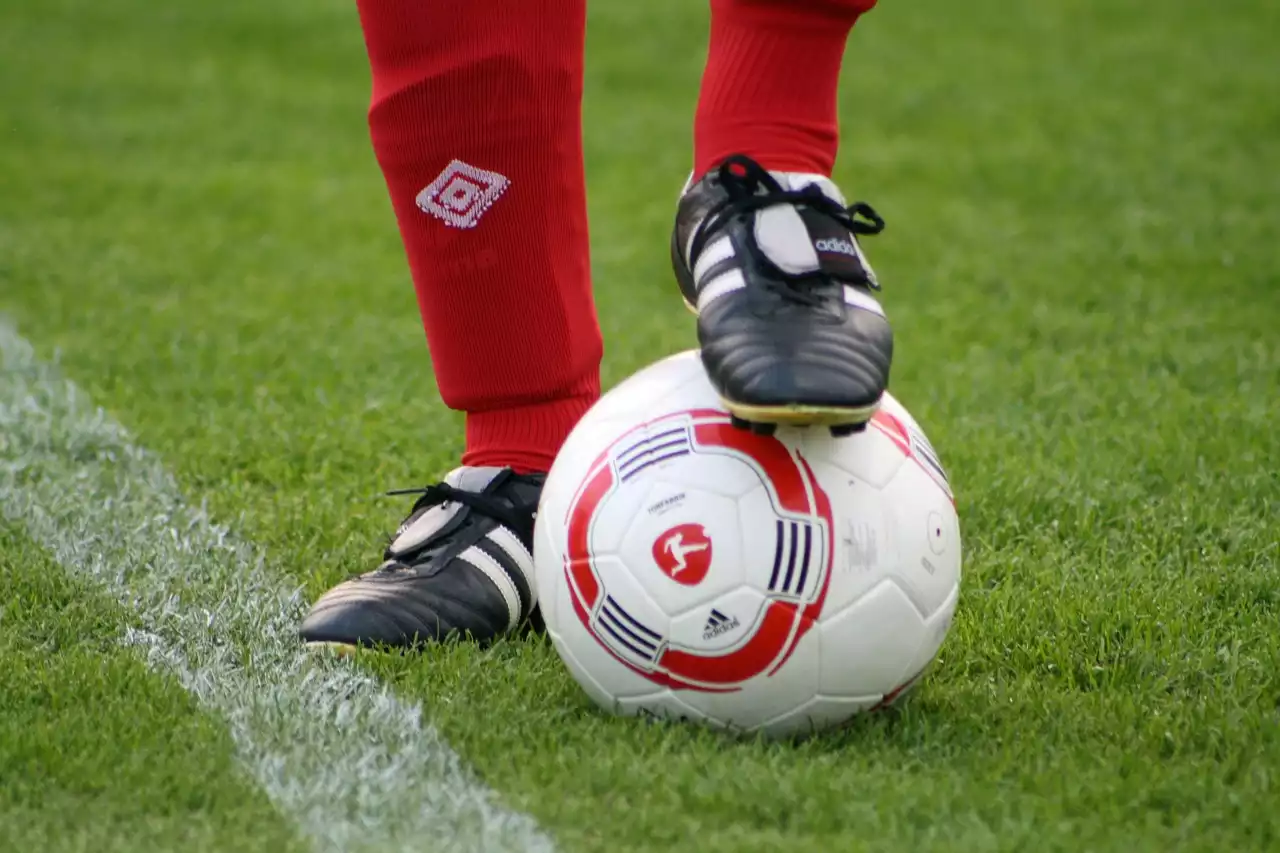Early Examples of Football Boots
The earliest examples of football boots were worn by the Ancient Greeks, who used them to play a game similar to modern football. These boots were made from leather, and featured a sole that was designed to provide protection and grip on the slippery playing surface. The boots also featured laces, which were used to secure the boots to the feet.
This type of football boot was also used by the Romans, who used them to play a game known as harpastum. This game was similar to modern football, with two teams competing to move the ball to their opponent's goal. The Romans also used their boots for running and jumping, as well as for protection from the elements.
The football boot also made its way to other parts of the world, including China and Japan, where it was used to play a game known as Cuju. This game was similar to modern football and was even used as a demonstration sport in the 2008 Beijing Olympics.
19th Century Football Boots
By the 19th century, the football boot had become a key part of the game of football. The design of the boot was becoming increasingly important, with boots being made from a variety of materials, such as leather and canvas. The soles of the boots were also becoming increasingly important, with different designs being used to provide maximum grip and control during a game.
The first football boots to feature studs were developed in the 1890s. These studs were made from metal, and were designed to provide extra grip and control on soft and slippery surfaces. This new design quickly became popular, with players using the studs to gain an advantage on the pitch.
By the early 20th century, football boots had become an essential piece of sporting equipment, with players using them to gain an advantage on the pitch. Different types of boots were developed, including boots made from canvas and leather, as well as boots with different types of studs.
The Evolution of Football Boots
The design and technology of the football boot have continued to evolve over the years. In the 1950s, soles made from rubber were developed, which provided greater grip and control on the pitch. In the 1970s, synthetic materials were introduced, which were lighter and more durable than leather.
The 1980s saw the development of the modern football boot, with boots made from a combination of synthetic materials and leather. These boots were designed to provide maximum grip, control, and comfort, allowing players to perform at their best.
The 1990s saw the introduction of new technologies, such as air cushions and shock-absorbing materials, which were designed to reduce the impact of playing on hard surfaces. In recent years, football boots have become even more advanced, with the introduction of technologies such as Flyknit, which are designed to provide maximum comfort and support.
Technologies Used in Football Boots
The modern football boot is designed to provide maximum performance on the pitch. To achieve this, manufacturers are using a variety of technologies, such as 3D printing, CAD software, and Flyknit.
3D printing is used to create boots that are designed for maximum performance. The use of 3D printing allows manufacturers to create lightweight boots, with the right balance of support and flexibility.
CAD software is also used to create boots that are designed for maximum performance. CAD software allows manufacturers to create boots that are designed to provide maximum grip, control, and comfort during a game.
Flyknit is a type of fabric that is used to create boots that are lightweight and comfortable. Flyknit is designed to provide a snug fit, allowing players to move quickly and efficiently on the pitch.
The Different Types of Football Boots
There are a variety of different types of football boots available, each designed for different types of players and surfaces. Firm ground football boots are designed for use on hard and dry surfaces, while soft ground football boots are designed for use on wet and muddy surfaces. Artificial grass football boots are designed for use on artificial surfaces, while indoor football boots are designed for use on indoor surfaces.
Firm ground football boots are designed for hard and dry surfaces, such as grass and artificial turf. These boots typically feature studs that are designed to provide maximum grip and control on the pitch.
Soft ground football boots are designed for use on wet and muddy surfaces. These boots typically feature larger studs that are designed to provide maximum grip and control on the pitch.
Artificial grass football boots are designed for use on artificial surfaces, such as AstroTurf. These boots typically feature smaller studs that are designed to provide maximum grip and control on the pitch.
Indoor football boots are designed for use on indoor surfaces, such as hardwood or synthetic surfaces. These boots typically feature a flat sole that is designed to provide maximum grip and control on the pitch.
Famous Football Boot Designs
Over the years, there have been several famous football boot designs. One of the most iconic designs is the Adidas Predator, which was first released in 1994. This boot was designed to provide maximum grip and control on the pitch and quickly became popular with players.
Another iconic design is the Nike Mercurial, which was first released in 1998. This boot was designed to provide maximum speed and agility on the pitch and quickly became popular with players.
The Puma King is another iconic football boot design, which was first released in 1968. This boot was designed to provide maximum comfort and control on the pitch and quickly became popular with players.









.png?size=50)

